Membrane Transporter/Ion Channel
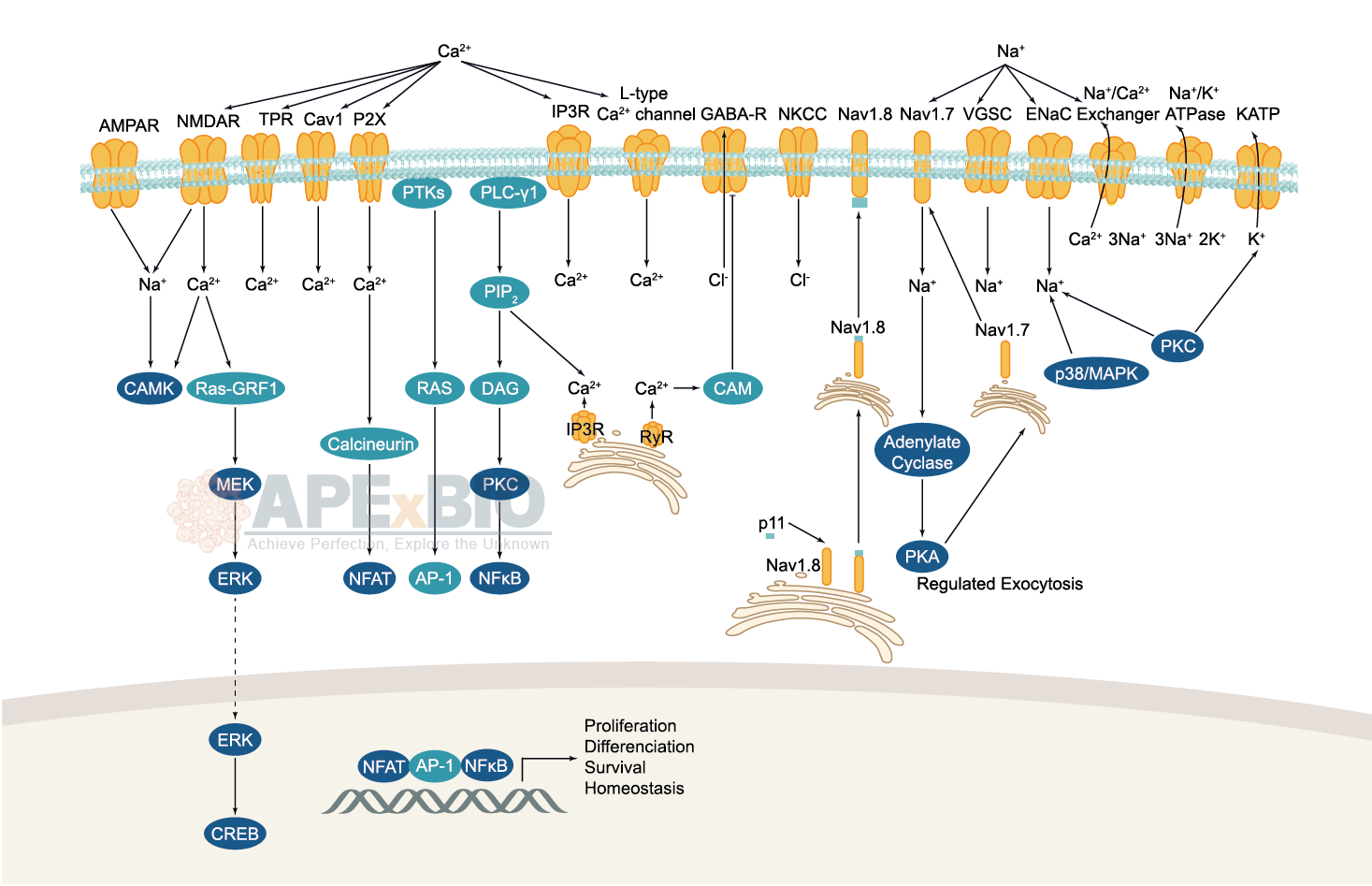

Membrane Transporters mediate the movement of ions and molecules via binding and moving the substance across the membrane. There are two main actions of transporter: facilitated diffusion (passive transport) and active transport. Membrane transporters which bind the hydrolysis of ATP to the transport of target molecules are referred to as ATPases. For instance, Na+,K+-ATPases or Na+,K+-pumps are responsible for the transport of Na+ out of and K+ into cells.
Ion channels are pore-forming membrane proteins which allow the flow of ions across the membrane. The ion channels can be broadly grouped into six families including calcium channels, chloride channels, potassium channels, sodium channels, gap junction proteins and porins. Not all ion channels are gated, such as certain type of K+ and Cl– channels, transient receptor potential superfamily of cation channels, the ryanodine receptors and the IP3 receptors, but most Na+, K+, Ca2+ and some Cl– channels are all gated by voltage. Ligand-gated channels are regulated in response to ligand binding (e.g. neurotransmitters signaling). These ligand-gated neurotransmitter receptors are known as ionotropic receptors. Various neurotransmitters couple to ionotropic receptors such as glutamate, acetylcholine, glycine, GABA, and serotonin.
-
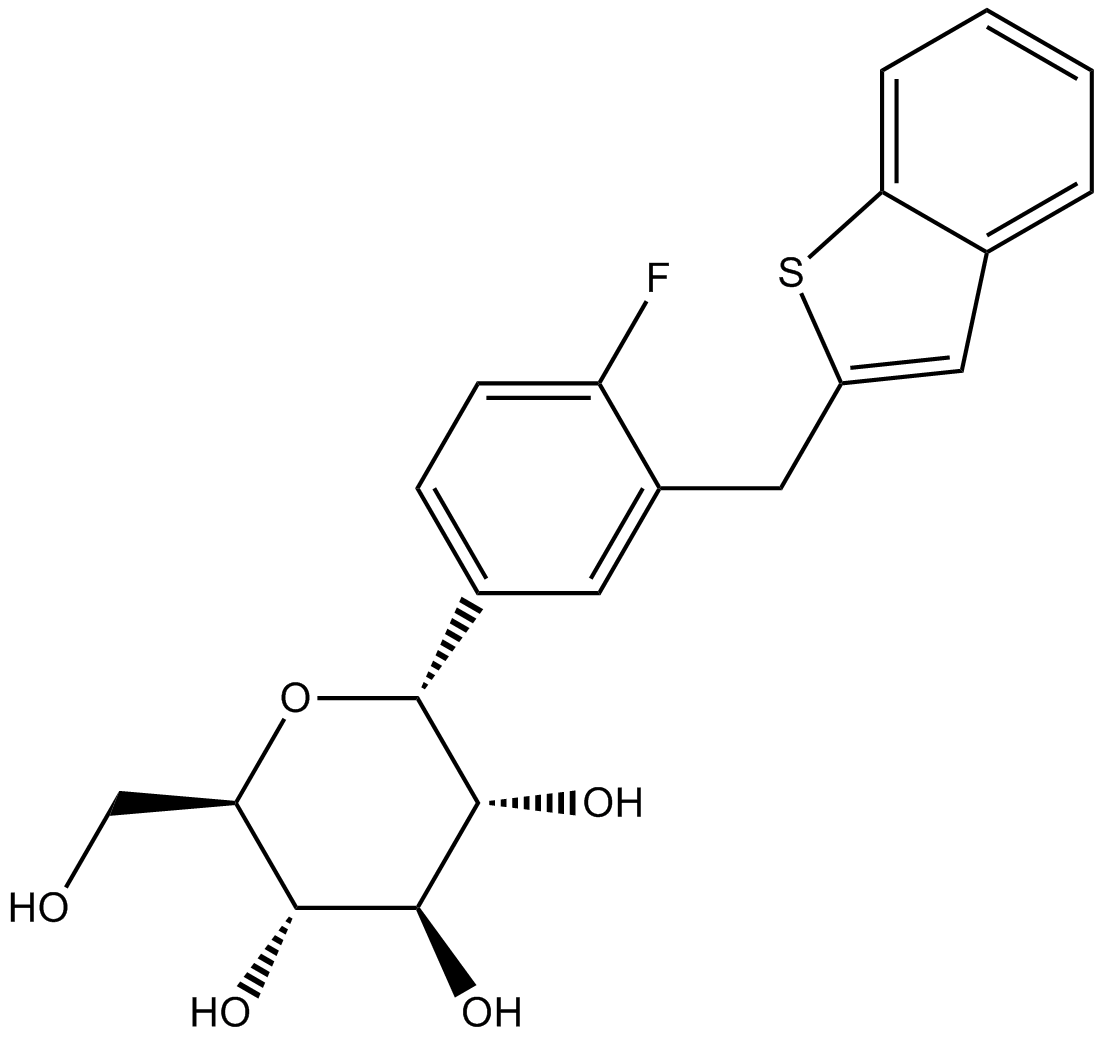 B3263 IpragliflozinSummary: SGLT2 inhibitor
B3263 IpragliflozinSummary: SGLT2 inhibitor -
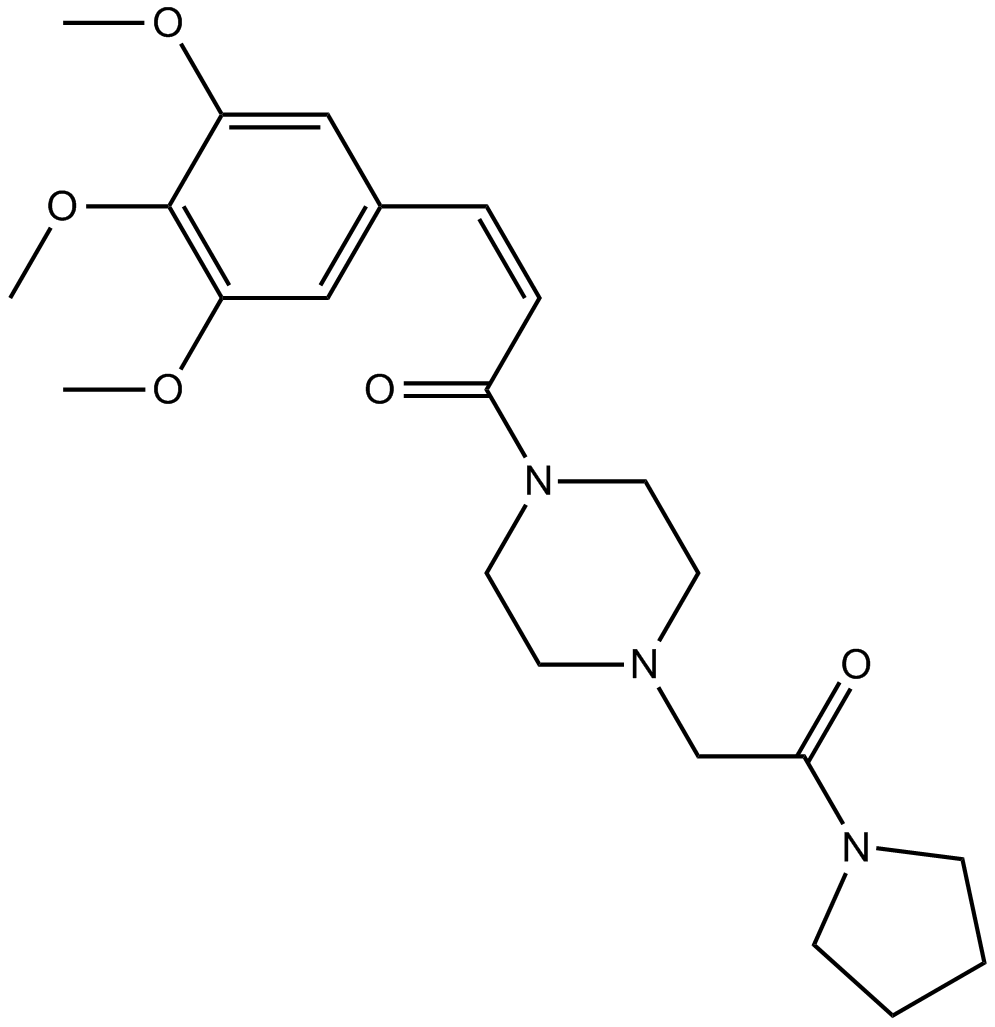 B3293 CinepazideSummary: vasodilator
B3293 CinepazideSummary: vasodilator -
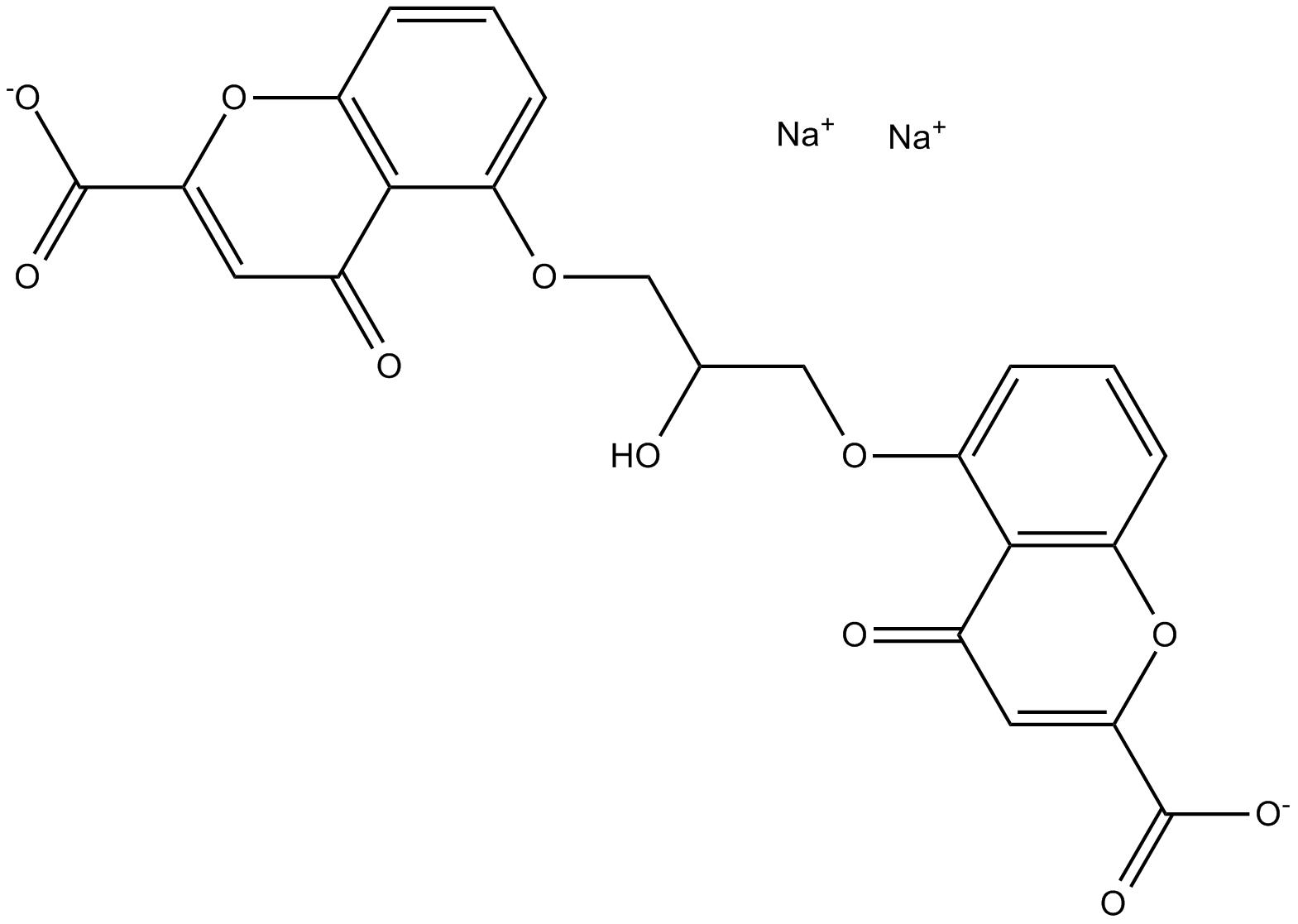 B3300 Cromolyn sodiumSummary: Mast cell membrane stabilizer
B3300 Cromolyn sodiumSummary: Mast cell membrane stabilizer -
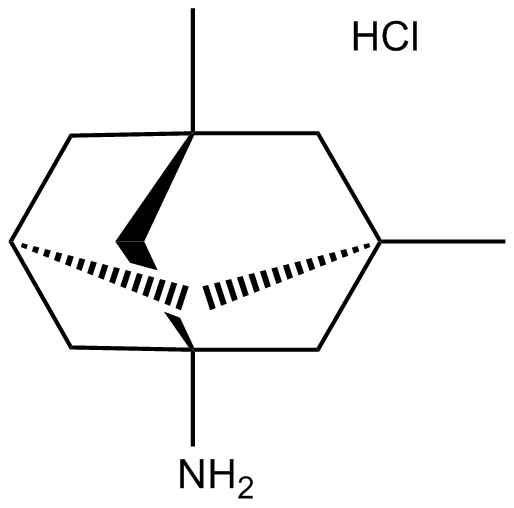 B3308 Memantine hydrochlorideSummary: NMDA receptor antagonist
B3308 Memantine hydrochlorideSummary: NMDA receptor antagonist -
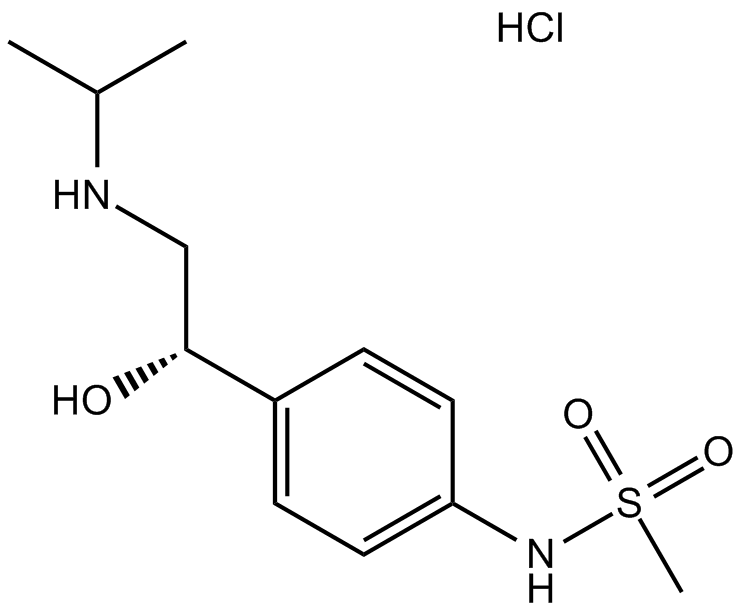 B3341 Sotalol hydrochloride2 CitationTarget: Inward Rectifier Potassium (Kir) ChannelsSummary: β-adrenergic receptor antagonist
B3341 Sotalol hydrochloride2 CitationTarget: Inward Rectifier Potassium (Kir) ChannelsSummary: β-adrenergic receptor antagonist -
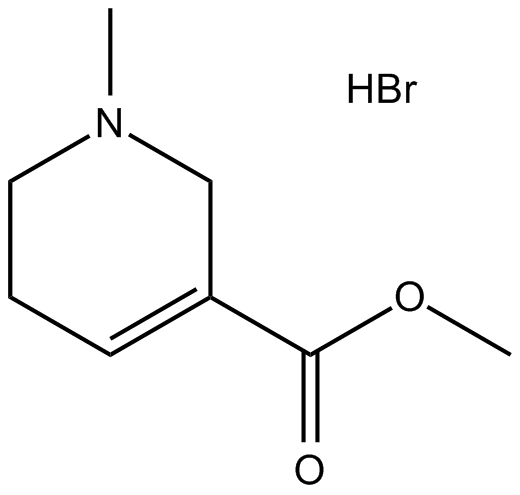 B3370 Arecoline hydrobromideSummary: muscarinic acetylcholine receptor agonist
B3370 Arecoline hydrobromideSummary: muscarinic acetylcholine receptor agonist -
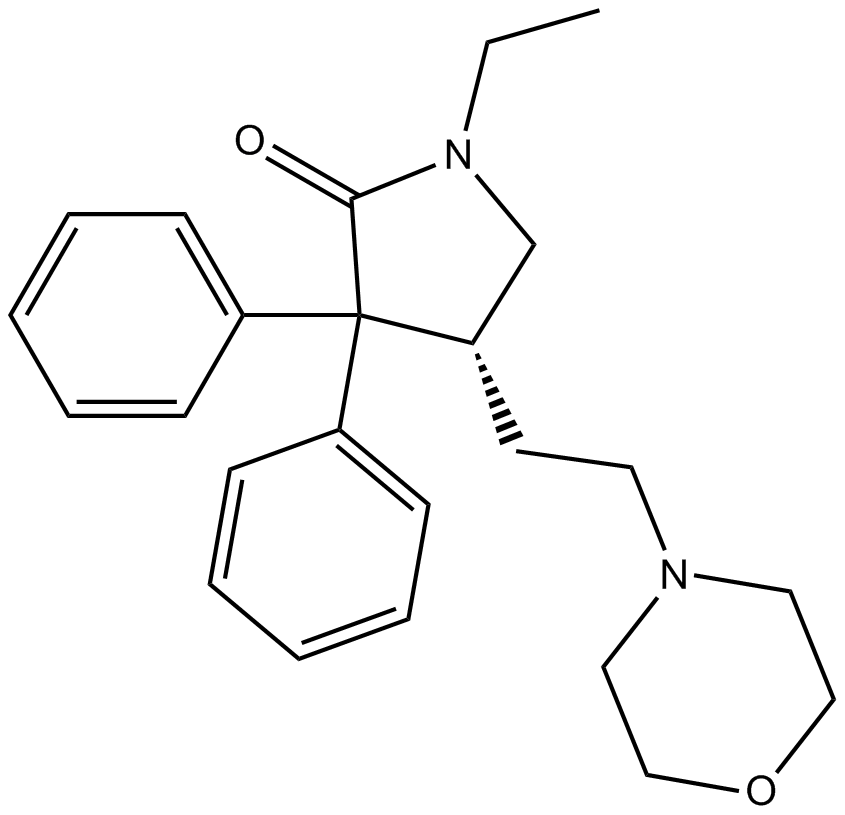 B3371 DoxapramSummary: Respiratory stimulant
B3371 DoxapramSummary: Respiratory stimulant -
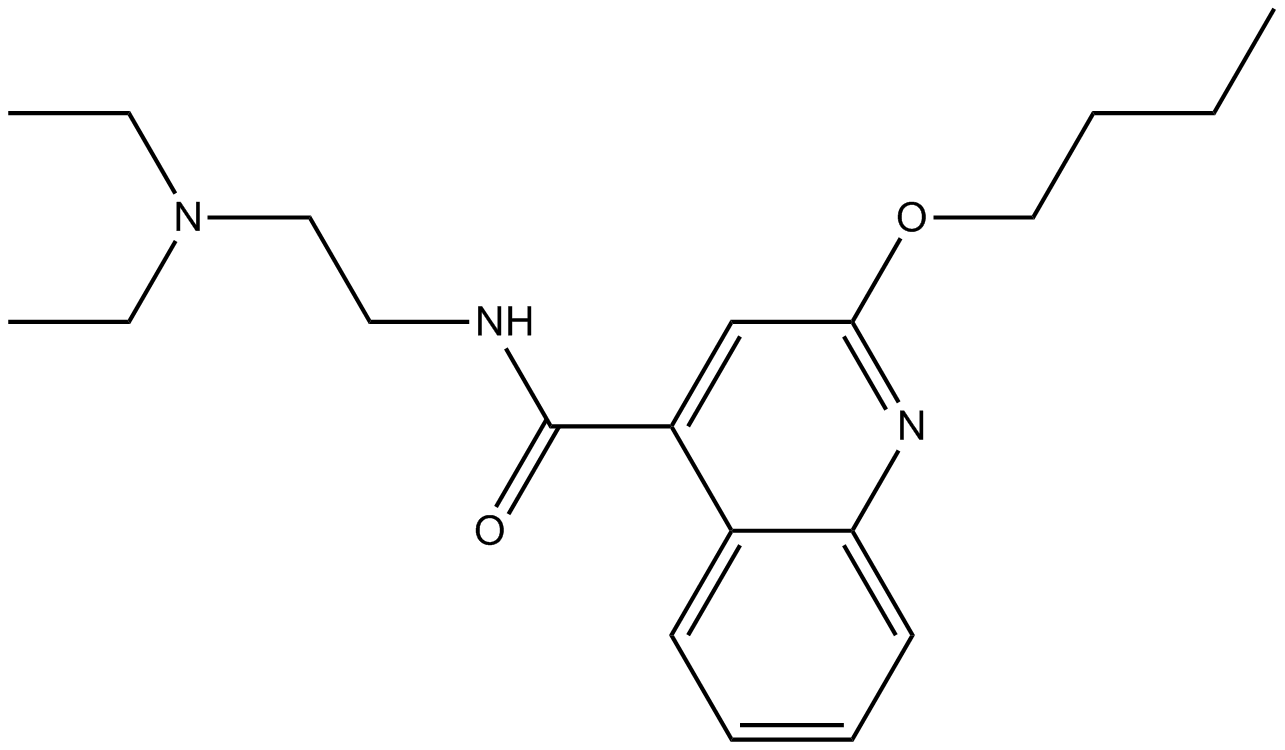 B3373 DibucaineSummary: Local anesthetic
B3373 DibucaineSummary: Local anesthetic -
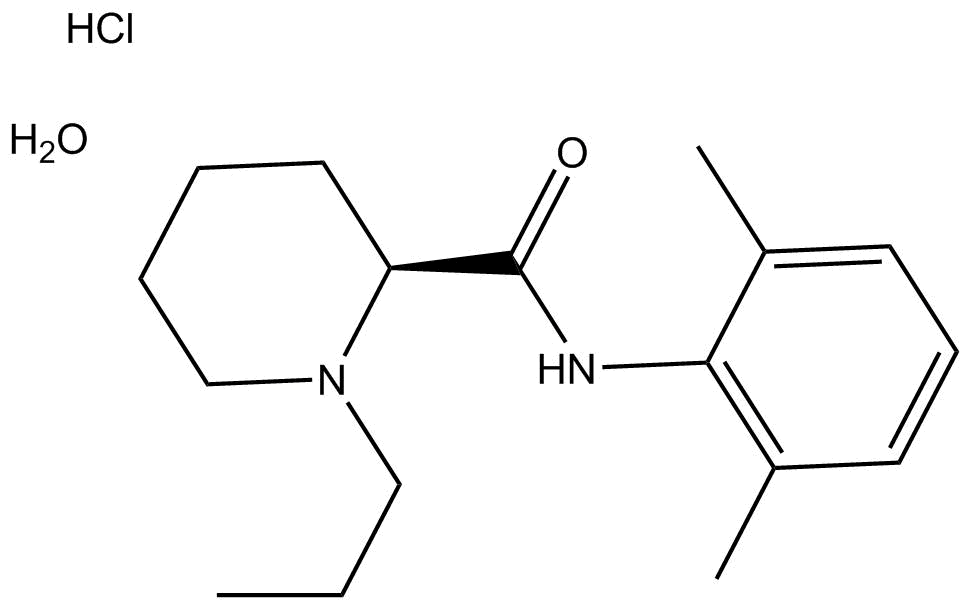 B3377 Ropivacaine hydrochloride monohydrateSummary: anaesthetic, long-acting and local
B3377 Ropivacaine hydrochloride monohydrateSummary: anaesthetic, long-acting and local -
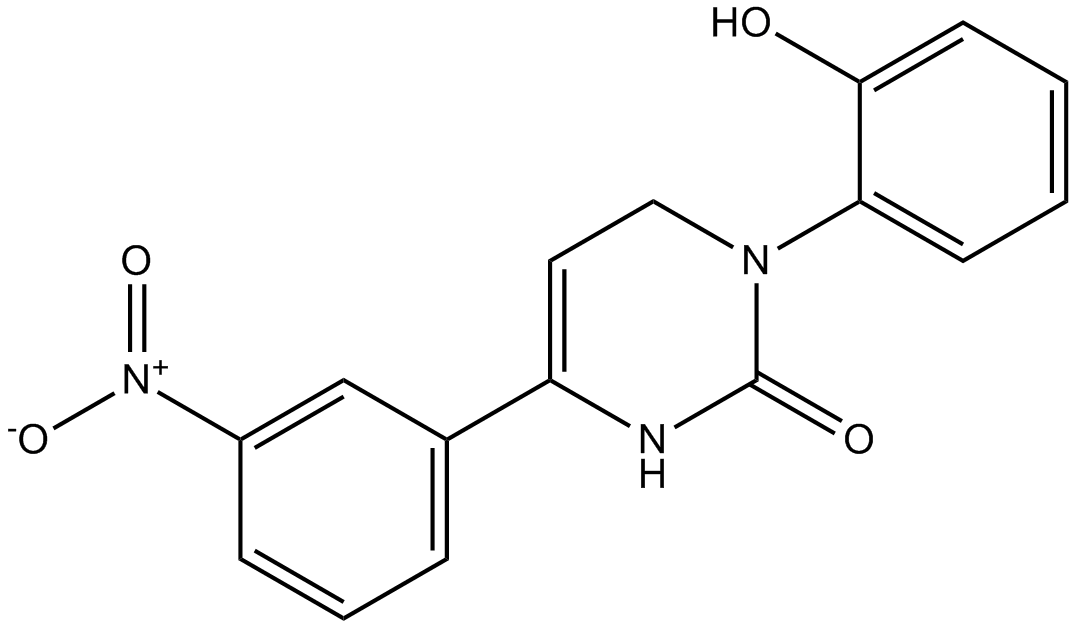 B1055 IcilinTarget: TRP ChannelSummary: TRPM8/ hENaCδ agonist
B1055 IcilinTarget: TRP ChannelSummary: TRPM8/ hENaCδ agonist


